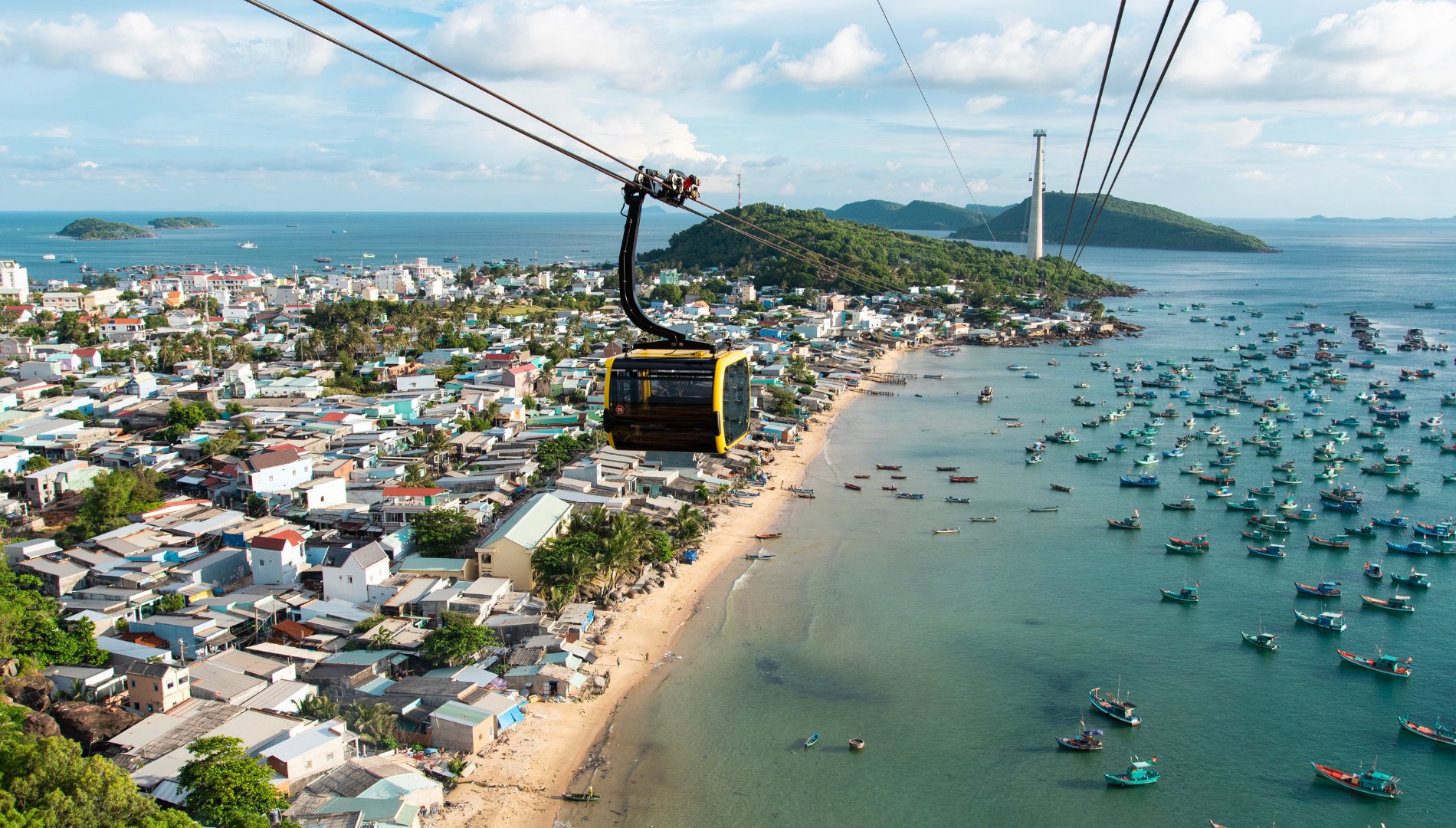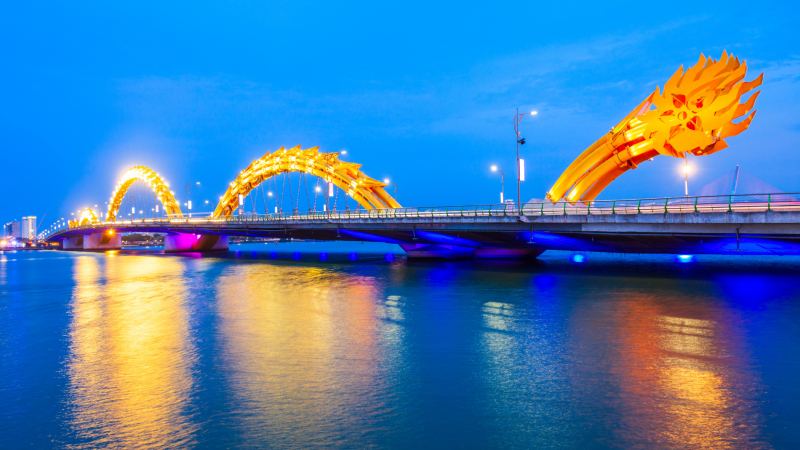Entering the summer, Phu Quoc, the pearl island of Vietnam, becomes an ideal destination for those who are passionate about the blue sea water and smooth white sand. However, according to information from the Management Board of Kien Giang Marine Protected Area, the period from April to August every year is also the season of strong proliferation of sea jellyfish, especially at quiet beaches such as Ganh Dau, Cua Can, Bai Thom, Ham Ninh and An Thoi ward. Warm water in these areas creates favorable conditions for jellyfish to develop, and the appearance of a few jellyfish individuals can be a sign that the density of jellyfish in that sea area is at a high level.
It is worth noting that jellyfish are very diverse in species, with different characteristics and levels of danger. Among them, comb jellyfish and moon jellyfish are usually harmless or cause mild irritation. In contrast, fire jellyfish with long pink-orange or red-brown tentacles contain toxins that can cause burning pain. Particularly dangerous is the box jellyfish, a square-shaped jellyfish with long tentacles containing extremely strong toxins, capable of threatening life if not treated promptly. Although box jellyfish rarely appear in Phu Quoc waters, visitors still need to be vigilant.
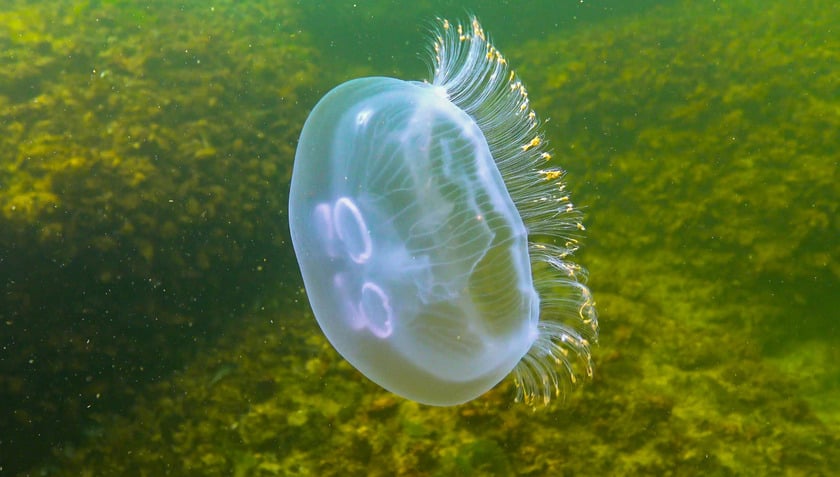
There are many types of jellyfish, especially box jellyfish (square-shaped, long-tentacled, very poisonous, can cause death if not treated promptly).
To ensure the safety of residents and visitors, the Management Board of Kien Giang Marine Protected Area recommends limiting swimming after rains or when the tide is high, as this is the time when jellyfish are easily washed ashore by waves. Wearing long-sleeved swimsuits is also recommended as a protective measure, minimizing direct contact with jellyfish. In addition, some types of jellyfish repellent cream can create a protective layer on the skin.
Before entering the water, it is extremely important to carefully observe the sea surface. If you find floating jellyfish or unusual sea foam, you should absolutely avoid that area. Even when jellyfish are dead, their tentacles can still secrete toxins, so absolutely do not touch them.
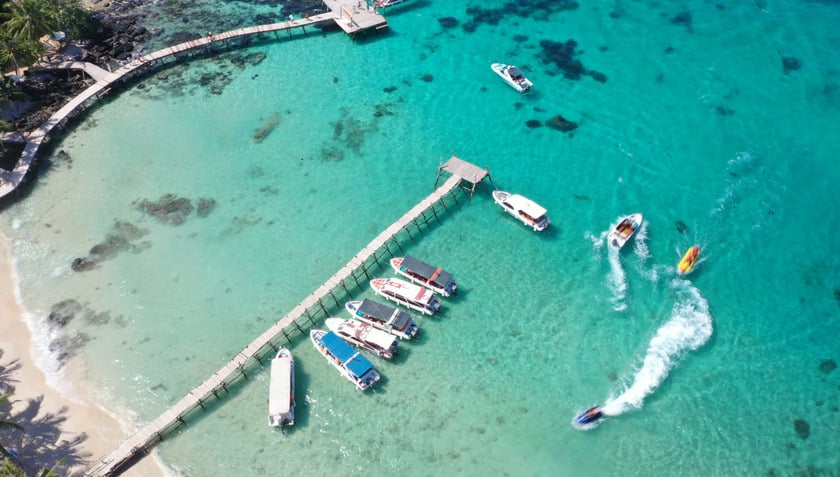
According to recommendations, after rain or at high tide, jellyfish are easily washed ashore by waves.
In case of an unfortunate jellyfish sting, it is important not to rub the affected skin area. Effective first aid measures include using vinegar (diluted acetic acid) to neutralize the jellyfish's toxins or using a hard card to gently scrape off any remaining jellyfish cells on the skin. If the victim experiences serious symptoms such as difficulty breathing, dizziness, or widespread sharp pain, they should be taken to the nearest medical facility for emergency treatment to avoid dangerous complications.

Visitors should avoid swimming at this time. Before entering the water, if you see floating jellyfish or strange sea foam, you should leave that area.
There have been cases of tourists encountering this situation, typically a clip spread on social media recording a scene of an international female tourist suspected of being stung by a jellyfish while swimming in the Ham Rong Cape area. The image shows that this tourist's leg was red and painful, and people around performed first aid on the spot.
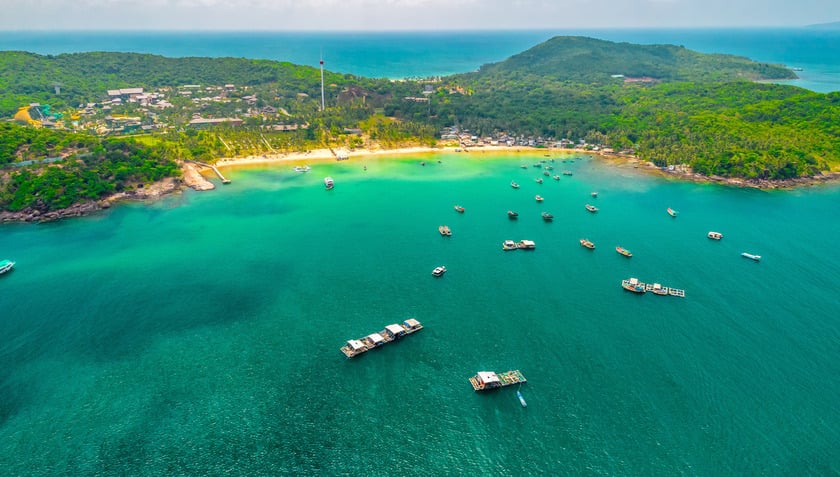
If stung by a jellyfish, wash with seawater, not fresh water, and go to the nearest medical facility for timely treatment.
Summer is a great time to explore the beauty of Phu Quoc, but visitors also need to raise awareness of the risk of jellyfish stings, especially between April and August. Complying with the recommendations and equipping yourself with the necessary knowledge will help visitors have a safe and complete beach trip.





